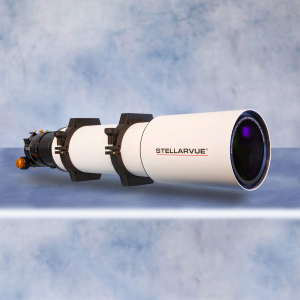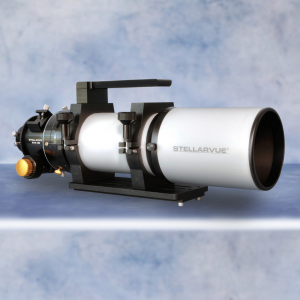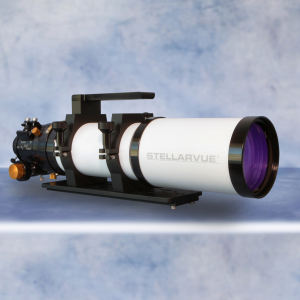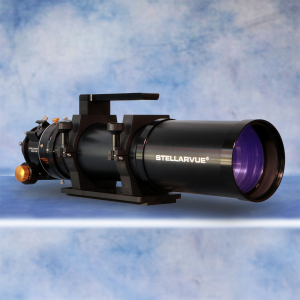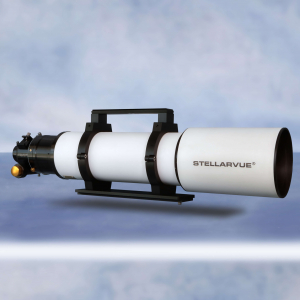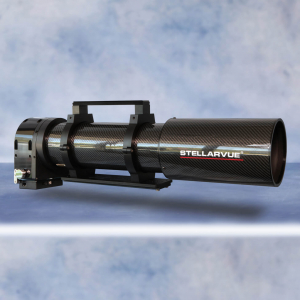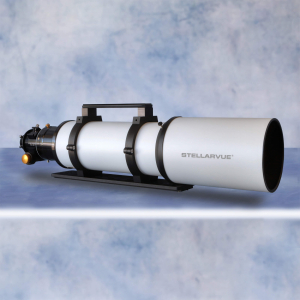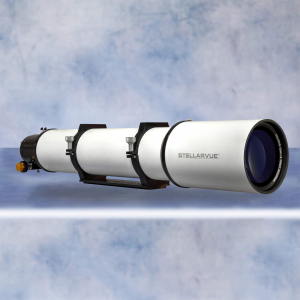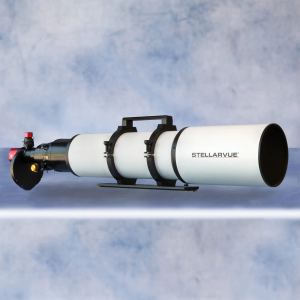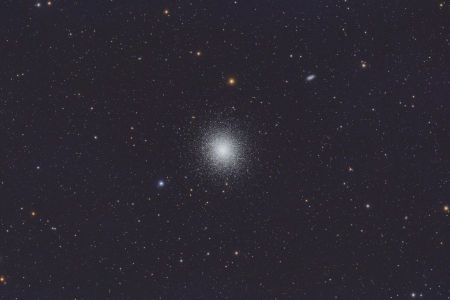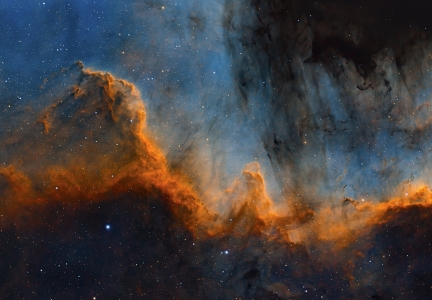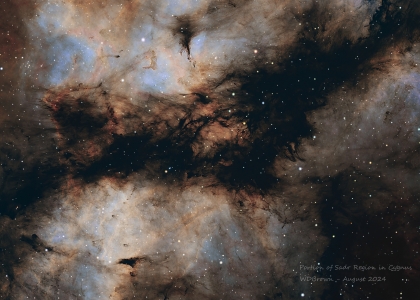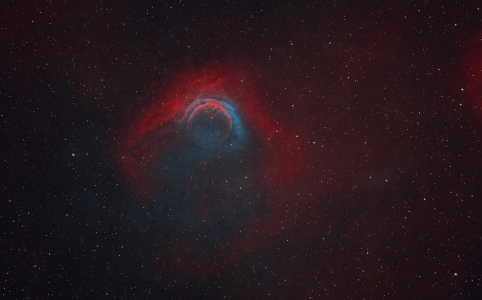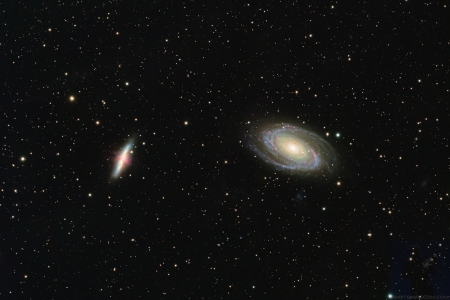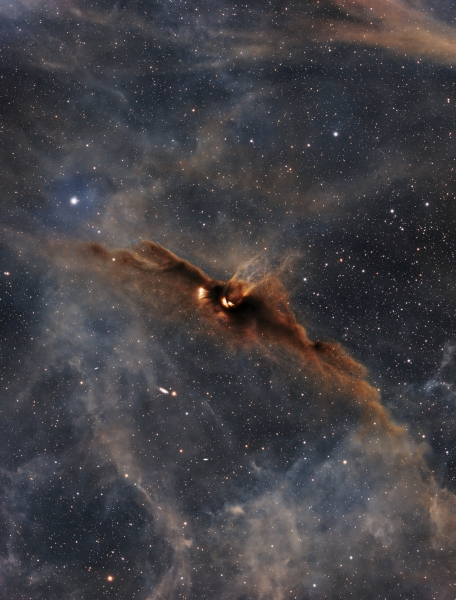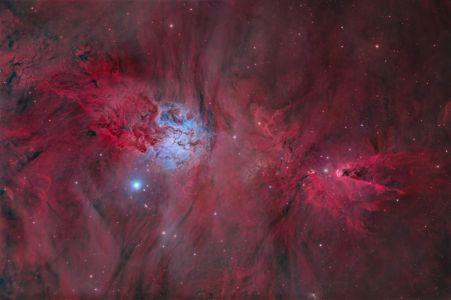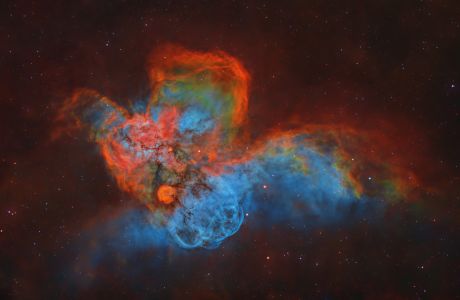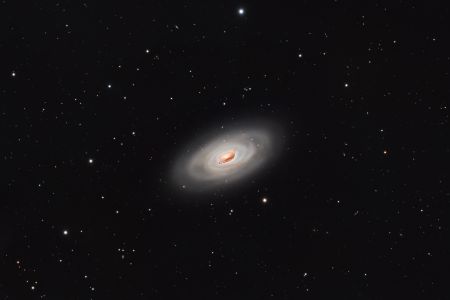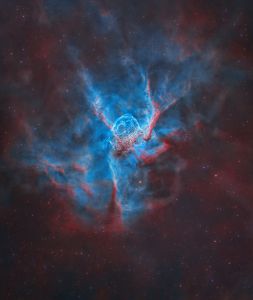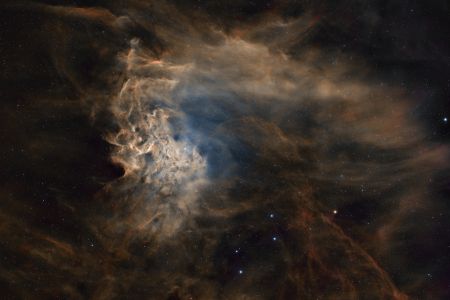Stellarblog
SVX130T - Cosmic Bat
May 7, 2025Mark Savan captured this terrific shot of the Cosmic Bat nebula (LDN 43) in Ophiuchus with ...
SVX180T - Cone+Fox
May 1, 2025This fantastic image of the Cone and Fox Fur Nebulae was taken by Tony Hallas with ...
SVX140T - Skull and Crossbones
April 22, 2025This stunning image of the Skull and Crossbones Nebula (NGC 2467) was captured by Frank Dibbell ...
SVX152T - M64
April 9, 2025
Brian Meyers caught this striking shot of the Black Eye Galaxy (M64) in Coma Berenices with ...
SVX140T - Thor's Helmet
April 2, 2025
This surreal shot of Thor’s Helmet (NGC 2359) was taken by Frank Dibbell with his ...
SVX90T - Flaming Star
March 25, 2025Brian Meyers took this magnificent shot of the Flaming Star Nebula in Auriga with ...







